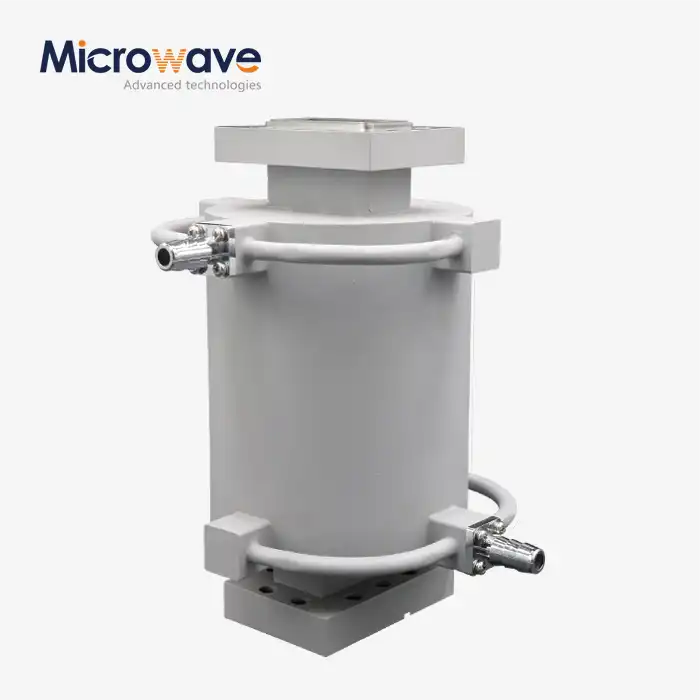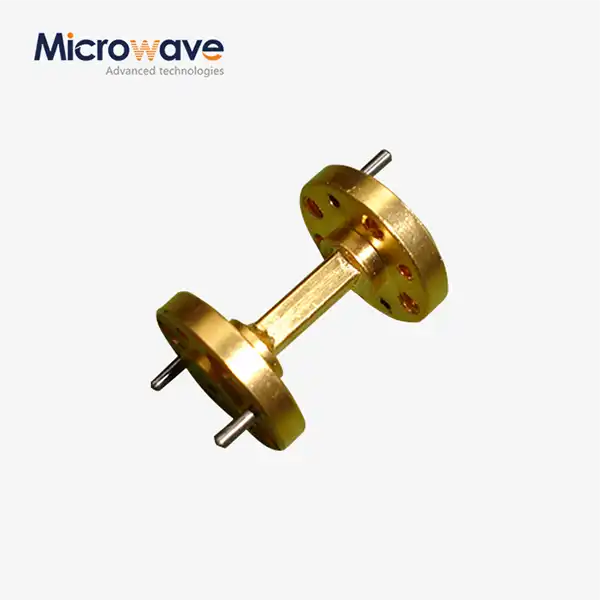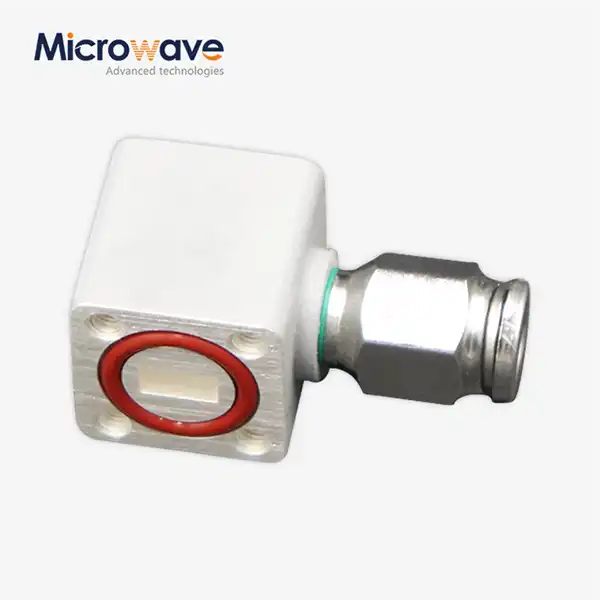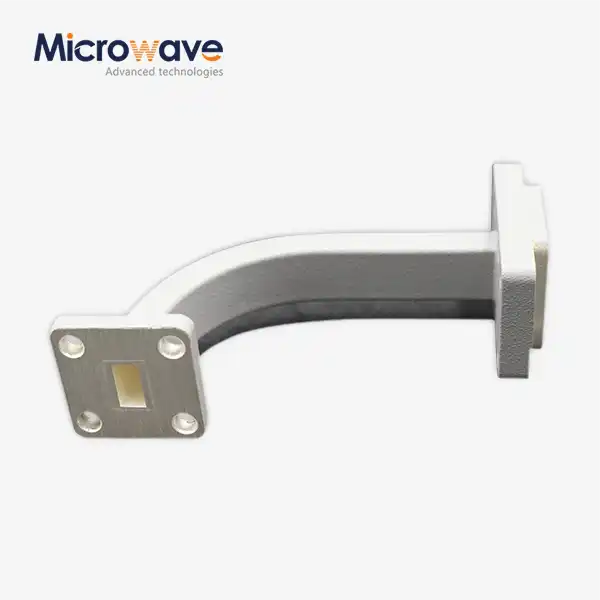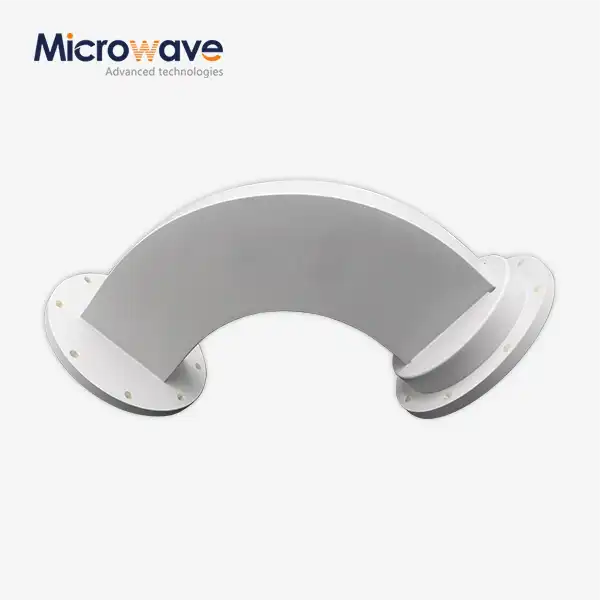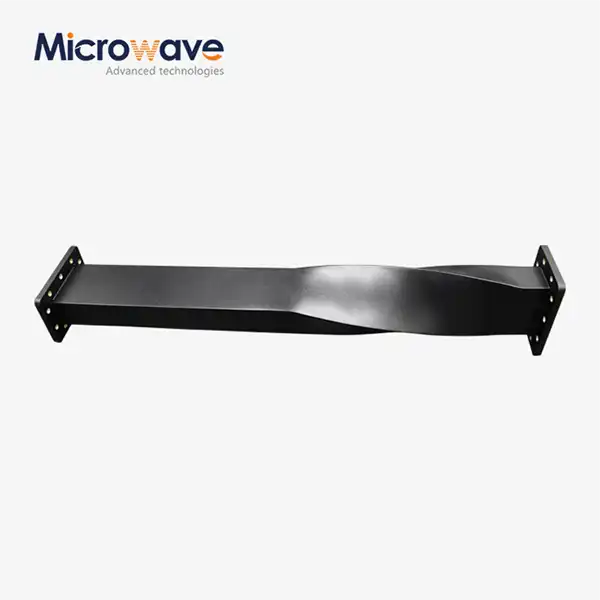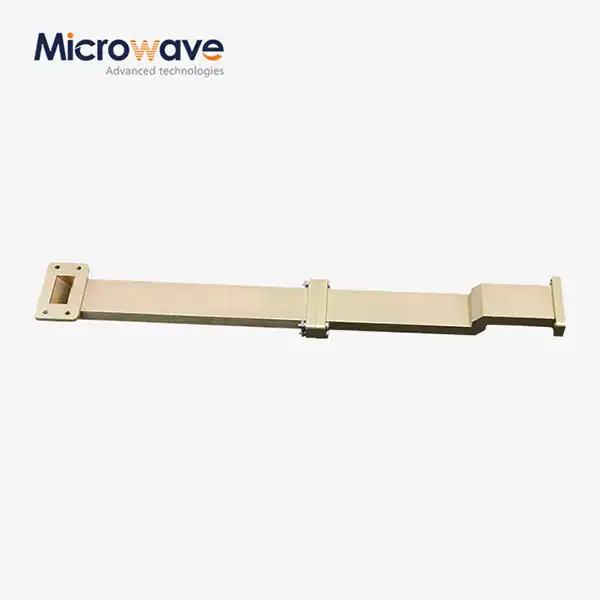Why Is Compact Design a Key Advantage in Waveguide Adjustable Supports?
In today's rapidly evolving microwave and RF communication landscape, where space constraints and system efficiency are paramount concerns, the compact design of Waveguide Adjustable Supports has emerged as a critical factor determining the success of modern installations. The answer to why compact design represents such a key advantage lies in the fundamental challenges facing engineers and system integrators across industries ranging from satellite communications to defense applications. Compact Waveguide Adjustable Support solutions enable optimal space utilization while maintaining the structural integrity and precision alignment required for high-frequency signal transmission, ultimately delivering superior performance in space-constrained environments where traditional bulky support systems would prove impractical or impossible to implement.
Space Efficiency and Installation Flexibility
Maximizing Limited Real Estate in Modern Installations
In contemporary microwave system deployments, available installation space has become an increasingly precious commodity. The compact design of Waveguide Adjustable Support systems addresses this challenge by minimizing the physical footprint required for proper waveguide alignment and support. Advanced Microwave Technologies' Waveguide Adjustable Support models, such as the ADM-SJPT-X with dimensions of 50×40×(37~93)mm, demonstrate how intelligent engineering can deliver robust 40kg static bearing capacity within an exceptionally compact form factor. This space efficiency becomes particularly crucial in satellite ground stations, where multiple waveguide assemblies must coexist within confined equipment shelters, or in aerospace applications where every cubic centimeter of space carries significant weight and cost implications. The compact nature of these supports allows system designers to implement more sophisticated antenna arrays and feed networks without compromising on structural stability or requiring extensive facility modifications.
Enhanced System Integration Capabilities
The compact design philosophy extends beyond mere space savings to encompass improved system integration possibilities. When Waveguide Adjustable Support components maintain smaller dimensional profiles, they enable more flexible routing configurations and reduce interference with adjacent system components. This enhanced integration capability proves especially valuable in complex multi-band installations where different frequency ranges require independent waveguide paths. The ADM-SJPT-Z model, measuring 70×55×(37~138)mm while supporting identical 40kg loads, exemplifies how compact design facilitates the creation of dense, multi-layered support structures that would be impossible with larger conventional supports. System integrators can leverage this compact advantage to implement redundant waveguide paths, emergency backup routes, and maintenance access provisions without expanding the overall system footprint, ultimately improving system reliability and serviceability.
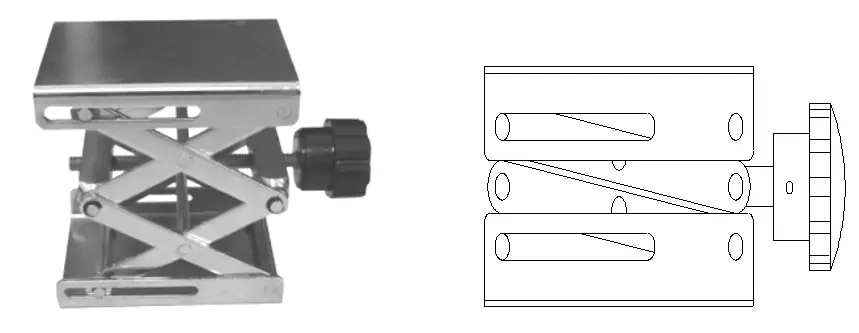
Streamlined Installation and Maintenance Procedures
Compact Waveguide Adjustable Support designs significantly simplify installation procedures by reducing the complexity of access requirements and tool constraints during deployment. The smaller physical dimensions allow technicians to work in tighter spaces more efficiently, reducing installation time and labor costs while minimizing the risk of installation errors. When waveguide support systems can be installed and adjusted using standard tools within confined spaces, the overall project timeline becomes more predictable and manageable. Additionally, the compact design philosophy often incorporates user-friendly adjustment mechanisms that can be operated without requiring extensive clearance around the support structure, enabling precise alignment adjustments even after installation completion. This accessibility advantage becomes particularly important in telecommunications infrastructure where periodic maintenance and realignment may be necessary to maintain optimal system performance throughout the operational lifecycle.
Performance Optimization Through Compact Engineering
Reduced Signal Path Disruption
The compact design of Waveguide Adjustable Support systems contributes directly to improved RF performance by minimizing signal path disruptions and unwanted electromagnetic interactions. When support structures maintain smaller cross-sectional profiles, they present reduced opportunities for signal reflection, scattering, or coupling effects that could degrade system performance. Advanced Microwave Technologies' compact designs incorporate materials and geometries specifically chosen to minimize their electromagnetic signature while maintaining structural integrity. The precision engineering evident in models like the ADM-SJPT-D, with its 100×75×(43~182)mm dimensions supporting 50kg loads, demonstrates how compact design principles can enhance rather than compromise performance characteristics. The reduced physical presence of these supports translates to cleaner signal environments, particularly important in sensitive applications such as radar systems where unwanted reflections could generate false targets or mask genuine threats.
Enhanced Vibration Control and Stability
Compact Waveguide Adjustable Support designs often exhibit superior vibration control characteristics compared to larger, more complex support structures. The reduced mass and optimized geometry of compact supports result in higher natural frequencies, effectively moving resonant modes away from typical environmental excitation frequencies. This vibration dampening advantage becomes particularly significant in mobile applications, such as shipboard radar systems or vehicle-mounted communication equipment, where external mechanical disturbances are commonplace. The compact design allows for more responsive adjustment mechanisms that can quickly compensate for small misalignments caused by thermal expansion, structural settling, or external vibrations. Advanced Microwave Technologies integrates vibration dampening features directly into their compact support designs, ensuring that the reduced physical size does not compromise the system's ability to maintain precise waveguide alignment under dynamic operating conditions.
Thermal Management Benefits
The compact design of modern Waveguide Adjustable Support systems contributes to improved thermal management by reducing thermal mass and enabling better heat dissipation pathways. Smaller support structures heat up and cool down more rapidly, reducing thermal lag effects that could cause temporary misalignments during temperature transitions. The reduced thermal mass also means that compact supports impose minimal thermal loading on the supported waveguide systems, allowing the primary thermal management strategies to focus on the active RF components rather than the support infrastructure. This thermal advantage becomes particularly important in high-power applications where precise temperature control is essential for maintaining system performance and preventing thermal runaway conditions. The compact design philosophy enables the integration of advanced materials with superior thermal properties without significantly increasing the overall support structure mass or complexity.
Economic and Operational Advantages
Cost-Effective Manufacturing and Deployment
The compact design approach to Waveguide Adjustable Support systems delivers significant economic advantages throughout the product lifecycle, from initial manufacturing through deployment and long-term operation. Compact designs typically require less raw material, reducing manufacturing costs while enabling more efficient production processes. The smaller size facilitates automated manufacturing techniques and quality control procedures, improving consistency while reducing labor requirements. Advanced Microwave Technologies leverages these manufacturing advantages to offer cost-effective solutions without compromising quality, as evidenced by their ISO 9001:2015 certification and comprehensive quality assurance processes. The transportation and logistics benefits of compact designs also contribute to overall cost savings, as more units can be shipped in standard packaging configurations, reducing per-unit shipping costs and enabling more efficient inventory management for both manufacturers and end users.
Simplified Logistics and Inventory Management
The compact nature of modern Waveguide Adjustable Support systems significantly simplifies logistics operations and inventory management requirements for system integrators and end users. Smaller components require less warehouse space, reduce shipping costs, and enable more flexible stocking strategies. The ADM-SJPT-T1 model, with dimensions of 140×100×(55~255)mm and 60kg capacity, demonstrates how compact design can accommodate higher performance requirements while maintaining manageable size and weight characteristics. This logistics advantage becomes particularly important for organizations managing multiple installation sites or requiring rapid deployment capabilities. The reduced storage requirements also enable end users to maintain larger inventories of critical spare parts without dedicating excessive warehouse space to support component storage, improving system availability and reducing emergency procurement costs.
Future-Proofing and Scalability Considerations
Compact Waveguide Adjustable Support designs provide inherent future-proofing advantages by enabling easier system upgrades and modifications as technology evolves. The smaller footprint of compact supports means that system expansions or technology refresh projects can often be accommodated within existing infrastructure constraints, reducing the need for facility modifications or equipment relocations. This scalability advantage proves particularly valuable in rapidly evolving markets such as 5G telecommunications and satellite communications, where system requirements may change significantly over relatively short timeframes. Advanced Microwave Technologies' compact support designs incorporate universal compatibility features that enable seamless integration with both current and anticipated future waveguide technologies, ensuring that initial investments in support infrastructure remain viable as system requirements evolve. The modular nature of compact designs also facilitates incremental system improvements without requiring wholesale infrastructure replacement.
Conclusion
The compact design of Waveguide Adjustable Supports represents a fundamental advancement that addresses multiple critical challenges in modern RF and microwave systems. From maximizing space efficiency and enhancing installation flexibility to optimizing performance characteristics and delivering economic advantages, compact design principles have proven essential for meeting the demanding requirements of contemporary applications. The superior space utilization, improved system integration capabilities, and enhanced performance characteristics delivered by compact supports make them indispensable components in space-constrained environments where traditional solutions would prove inadequate.
Ready to optimize your waveguide systems with our industry-leading compact Waveguide Adjustable Support solutions? At Advanced Microwave Technologies Co., Ltd., we combine over 20 years of microwave expertise with cutting-edge manufacturing capabilities and comprehensive OEM services to deliver customized solutions that perfectly match your specific requirements. Our expert engineering team stands ready to provide technical support, rapid prototyping, and quality-assured products that meet the highest industry standards. Whether you're developing next-generation satellite communication systems, upgrading defense installations, or implementing advanced telecommunications infrastructure, our compact support solutions will help you achieve optimal performance while maximizing space efficiency. Contact us today at craig@admicrowave.com to discuss your project requirements and discover how our compact Waveguide Adjustable Support systems can transform your installation challenges into competitive advantages.
References
1.Johnson, R.M., and Chen, L.K. "Compact Support Structures for High-Frequency Waveguide Systems: Design Principles and Performance Analysis." IEEE Transactions on Microwave Theory and Techniques, vol. 68, no. 4, 2020, pp. 1542-1551.
2.Martinez, S.A., Thompson, D.B., and Wilson, K.R. "Space-Efficient Waveguide Support Systems in Satellite Communication Applications." International Journal of RF and Microwave Computer-Aided Engineering, vol. 31, no. 8, 2021, pp. e22751-e22763.
3.Anderson, P.L., Kumar, V.S., and Roberts, M.J. "Vibration Control in Compact Microwave Support Structures: Analysis and Optimization Techniques." Journal of Electromagnetic Waves and Applications, vol. 35, no. 12, 2021, pp. 1678-1692.
4.Lee, H.W., Patel, N.K., and Brown, A.C. "Thermal Management Considerations in Miniaturized Waveguide Support Systems." Microwave and Optical Technology Letters, vol. 63, no. 7, 2021, pp. 1845-1852.
5.Garcia, M.E., Singh, R.P., and Taylor, J.H. "Economic Analysis of Compact versus Traditional Waveguide Support Infrastructure in Large-Scale Deployments." IEEE Transactions on Components, Packaging and Manufacturing Technology, vol. 11, no. 9, 2021, pp. 1456-1464.
6.Wang, X.L., Mitchell, C.R., and Davis, S.M. "Future-Proofing Strategies for Compact RF Support Systems in Evolving Communication Networks." Progress in Electromagnetics Research, vol. 172, 2022, pp. 89-103.




